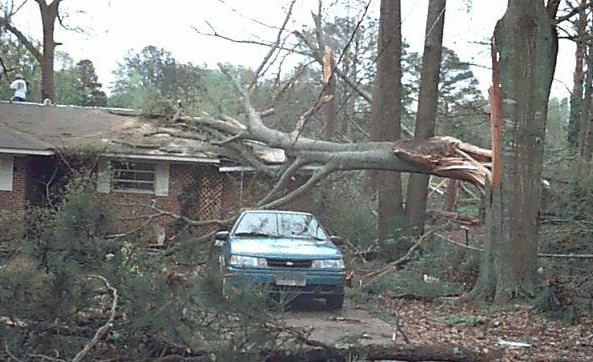The Greatest Guide To Tree Service North Brisbane
7 Fast growing shade plants to slash your electric bill
The free solar power that hits the Earth daily can keep us warm, light our homes, grow our food, and generate clean renewable electricity, so we often invite it into our lives, however when the current weather gets hotter in the summertime, sunlight can cause us to use more energy, because we then need to operate air conditioners to cool us back down.
Keeping sunlight away from our homes and windows during the summer can find yourself saving us both money and energy, because we can avoid some of the heating effects and keep our homes cooler in the first place, so less energy is required to keep them comfortable. And one of the best ways to achieve that is by planting shade trees in the best location around our home, where they could block the sun from streaming in our windows and heating our walls and roofs during certain times of the day.
"A tree planted on the west side of a residence can reduce net carbon emissions from summertime electricity use by 30 percent over a 100-year period."
Trees that may serve to cast shade come in all shapes and sizes, and for numerous climates and planting zones, so there are many of options to decide on from. However, because most of us are very impatient, one of the very common requirements that individuals have in choosing varieties is that they be fast growing shade trees.
Here are 7 of the most popular fast growing varieties of trees that can add shade to your property:
1. Hybrid Poplar: One of the most recommended fast growing shade trees could be the hybrid poplar, which can grow around 8 feet annually, and mature at about 40'to 50'high. There are many types of hybrid poplars, but the Arbor Day Foundation recommends the Populus deltoides x Populus nigra variety, which is really a "cottonless hybrid" and only a little less messy in the yard than several other varieties.
2. Nuttall Oak: This fast growing shade tree, also referred to as red oak or pin oak, is reported to be the fastest growing variety of oak, and can offer not just a leafy canopy, but a constant method of getting acorns every year, which are devoured by squirrels, deer, and turkeys.
3. Northern Catalpa: The large showy flowers of the catalpa, also called the cigar tree or the catawba, are an extra attraction to presenting this fast growing shade tree in your yard (and ideal for bees), but the true magic originates from its thick canopy of large leaves.
4. Red Maple: Along with casting shade, the red maple also adds a burst of color in the fall, with the leaves turning a lively red before dropping. The growth rate of the red maple is approximately 3 to 5 feet per year, topping out at about 40'high, and centered on the pictures using this grower, it could rapidly create privacy and shade for your property or yard.
5. Weeping Willow: This iconic shade tree also happens to be always a fast grower, with growth rates of anywhere from 3 feet to 8 feet per year. While weeping willows will grow especially well near water, you can find a variety of hybrids available which can be better suitable for drier conditions.
6. Paper Birch: The paper birch, aside from being a fast growing shade tree, also includes a white bark that will enhance the look of any yard, especially in winter once the leaves have dropped. Birches can be tapped due to their sap, which is often made into birch syrup (although you'd need many trees to produce it worth your while).
7. American Sycamore: This fast growing tree, sometimes referred to as the American planetree, also has a whitish mottled bark, and can grow to be quite large. While sycamores are often found near rivers and ponds, they can be grown within an urban yard, and may grow as much as 6 feet per year and reach heights of 70 feet or more.
Not most of these shade trees will be well suited to your yard, as along the growing season, the frost dates, the temperatures, the annual rainfall, and the sort of soil in your yard will all vary by location. The best way to find the fast growing shade trees which can be best for the specific region is by asking a local expert, such as at a nursery or through the county Cooperative Extension office, as they can steer you toward proven varieties and from nuisance, invasive, or exotic types of trees.
If you are looking for Tree Service Narangba call Caboolture Tree Removal Today